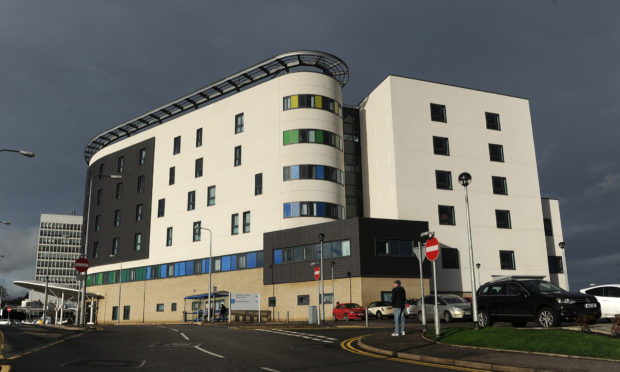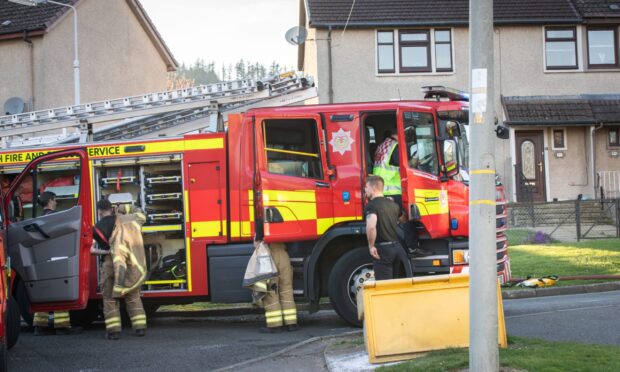Fife’s main acute hospital has been praised for treating older people with dignity and respect.
Inspectors found five areas of good practice during an unannounced inspection at Victoria Hospital in Kirkcaldy.
In particular, a “frailty huddle”, where staff teams meet to discuss older patients’ needs, was commended for identifying appropriate care paths for patients.
However, Healthcare Improvement Scotland (HIS) also found seven areas for improvement, including the need to accurately assess older people more quickly.
NHS Fife has welcomed the report and said action to address the issues identified was under way.
During their visit to four wards between September 4 and 6, inspectors talked to staff and patients, observed interactions between the two and reviewed patients’ health records to ensure they were accurate.
The visit was part of a programme of inspections requested by the Scottish Government to ensure older people are being treated with compassion, dignity and respect while they are in an acute hospital.
Ian Smith, head of quality of care with Healthcare Improvement Scotland, said: “During our inspection, we saw that patients were treated with dignity and respect.
“We found good communication is helping to identify care pathways for patients with frailty issues who may need admitted to hospital and patients whose needs can be supported at home.
“However, to improve care, NHS Fife must ensure that all older people who are admitted to hospital are accurately assessed within the national standard recommended timescales.”
NHS Fife chief executive Paul Hawkins said the report had noted patients were particularly positive about the care they were receiving.
“The good standard of the general ward environment in which patients were cared for was also noted,” he said.
“The inspection team highlighted areas where there is scope to improve the care we provide and a comprehensive action plans has been drawn up to address these issues quickly, with many actions already under way.”
Among the areas of good practice identified was the fact screening for malnutrition, pressure ulcers and the risk of falls was carried out within required time frames.
There was also a good referral system to and input from the nutrition and dietetic service and a good range of equipment for patients at risk of falls.
Areas for improvement included the need to ensure principles were in place for patients assessed as not having the capacity to make decisions and ensuring person-centred care plans were in place and regularly updated.










